I want to make a network object for igraph from a event-note data.
For example, I have a data looks like this.
Event Person
1 Obama
1 Putin
1 Abe
1 Cameron
2 Putin
2 Xi
2 Merkel
3 Obama
3 Abe
3 Xi
3 Merkel
I assume everybody in same event has connections. Obama, Putin, Abe, and Cameron have connections, because they are all in event 1. Based on this data, Obama and Abe have two times of connection because they are both in event 1 and 3.
With this data, I want to calculate degree / betweenness / closeness centrality. To calculate these centralities, I need to have a graph object. How can I create a graph object or adjacency matrix to calculate three centrality measures?
I am sorry for this basic question, but I am new to using R for network analysis.
Thank you in advance!
